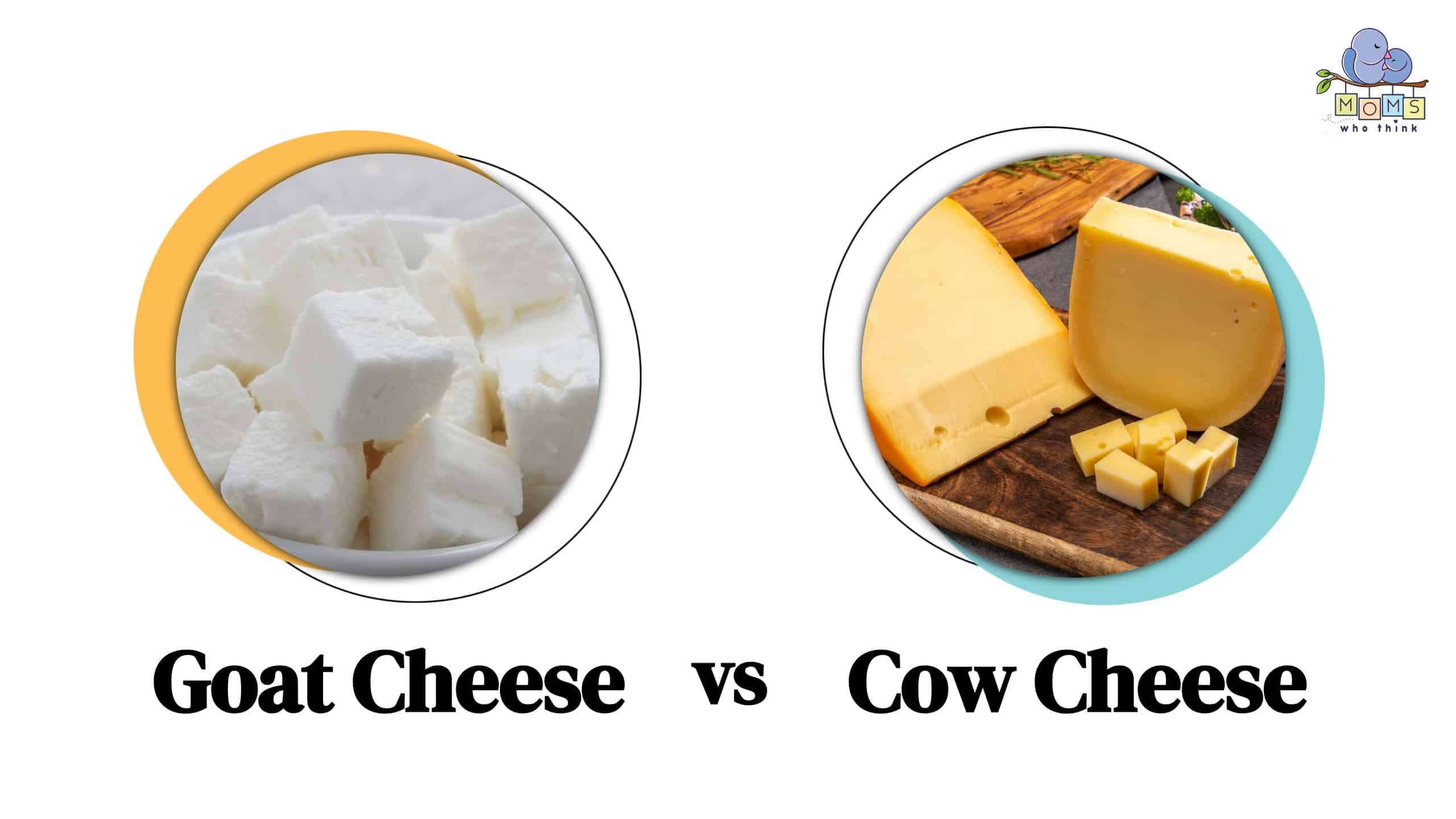Most people think of cow’s milk when they think of what to put in their breakfast cereal and when to make cheese, yogurt, kefir, ice cream, and other dairy products. It may be unexpected for some people to learn that goat milk is widely consumed and present on kitchen tables in many cultures around the world. In almost every way, goat milk is just as adaptable as cow milk.
If you're looking for tasty cheese to complement your next meal, you might be wondering what the difference between goat and cow cheese is. While both varieties of cheese can have a wide range of flavors and textures, there are several key differences that set them apart. In this post, we'll look at the various differences between goat and cow cheese so you can make an informed choice when shopping for cheese.
Differences Between Goat Cheese and Cow Cheese
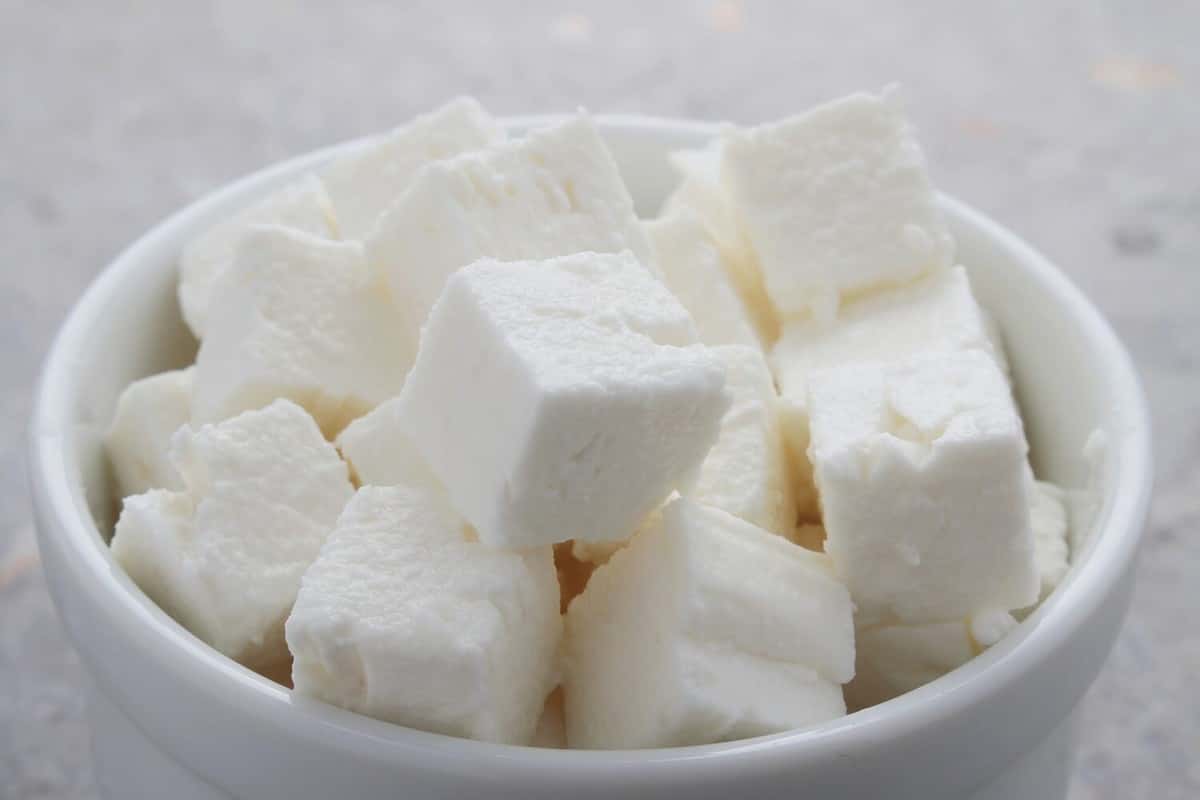
Goat cheese is softer and lighter than cow cheese.
©Chatham172/Shutterstock.com
The most important difference between goat cheese and cow cheese is their taste. Goat cheese has a sour, slightly stronger flavor while ow cheese has a neutral, gentler flavor. Cow milk cheese is hard and dense, but goat milk cheese is soft and supple.
Aside from the obvious fact that goat cheese and cow cheese are made from different animals and taste different, there are two more major differences between the two. For starters, cow cheese is significantly more widely available than goat cheese. It is inexpensive and made for the masses. Goat cheese, on the other hand, is typically prepared and marketed locally.
Finally, goat cheese contains less lactose and more lipids and minerals than cow's milk. Cow cheese, on the other hand, has bigger fat molecules that are more difficult to digest.
What is Goat Cheese?
Any cheese prepared from fresh goat's milk is known as fromage de chèvre. The French word “chèvre” refers to the youngest of goat cheeses, although it is often used to refer to any cheese manufactured from goat's milk. Goat cheeses come in a variety of flavors and textures, making it one of the most extensively produced and consumed cheeses on the planet.
- The must-have convenient reference guide for every home cook!
- Includes more than 8,000 substitutions for ingredients, cookware, and techniques.
- Save time and money on by avoiding trips to grab that "missing" ingredient you don't really need.
What Does Goat Milk Taste Like?
The distinct flavor of goat cheese can usually be described as buttery, earthy, and mild, but acidic. This taste will keep developing as the cheese ripens, making the tartness stronger and the earthiness a lot more apparent. For an extra layer of taste, goat cheese is frequently marketed as coated in herbs or peppers.
Goat cheese, like most cheeses, is often served on a platter with wine and pieces of bread, but its mildness makes it a popular addition to baked treats and salads equally. Goat cheese also has a lower lactose content than cow's milk, making it an excellent alternative for anyone suffering from lactose intolerance or stomach troubles.
Is Goat Cheese Healthier Than Cow's Cheese?
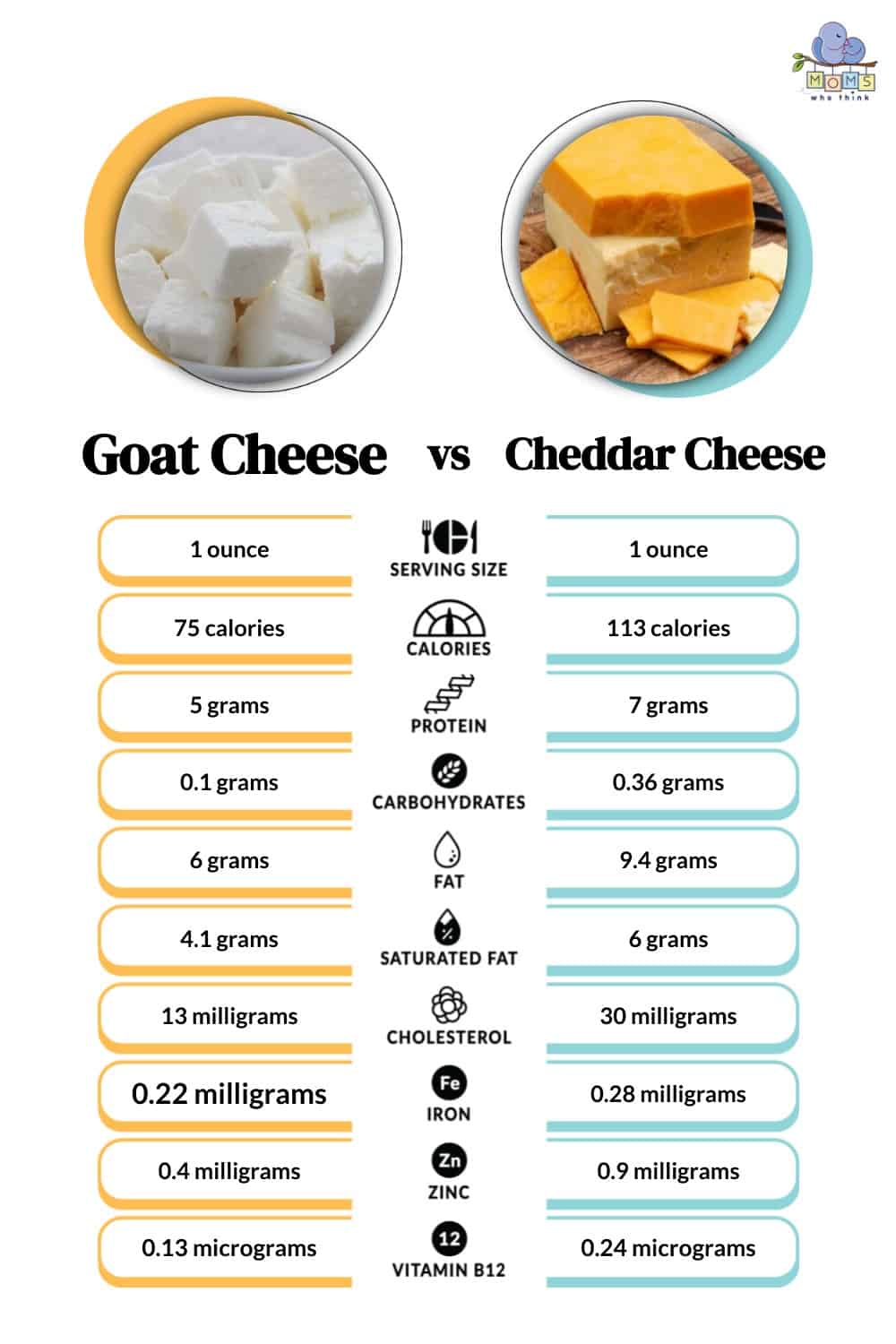
A nutrition comparison of goat cheese and cow cheese
©
Goat cheese is one of your greatest bets if you like cheese and is healthier than cow cheese in a number of categories like ease of digestion, calories, and amount of minerals. Here are a few of the advantages of goat cheese:
- It is a lot easier to digest goat cheese. Even lactose-intolerant people can often digest goat cheese with no problem! This is due to the fact that it contains less lactose than cow's milk and has a slightly different protein composition.
- It has fewer calories than cow's cheese. Goat cheese has 75 calories per ounce, which is fewer than cheddar (113), Swiss (108), and mozzarella (85).
- Goat cheese is higher in minerals and vitamins than cow's milk cheese. Goat milk has more important elements than cow milk (such as potassium, magnesium, iron, calcium, and vitamins A and B).
Uses of Goat Cheese
Some popular uses of goat cheese include:
- Toast: Spread goat cheese on toast and drizzle with honey. It has a nice salty-sweet balance to it.
- Pizza: Crumble some goat cheese on top of your pizza for a distinct taste.
- Salad: Add creaminess and saltiness to any crunchy vegetable salad with goat cheese.
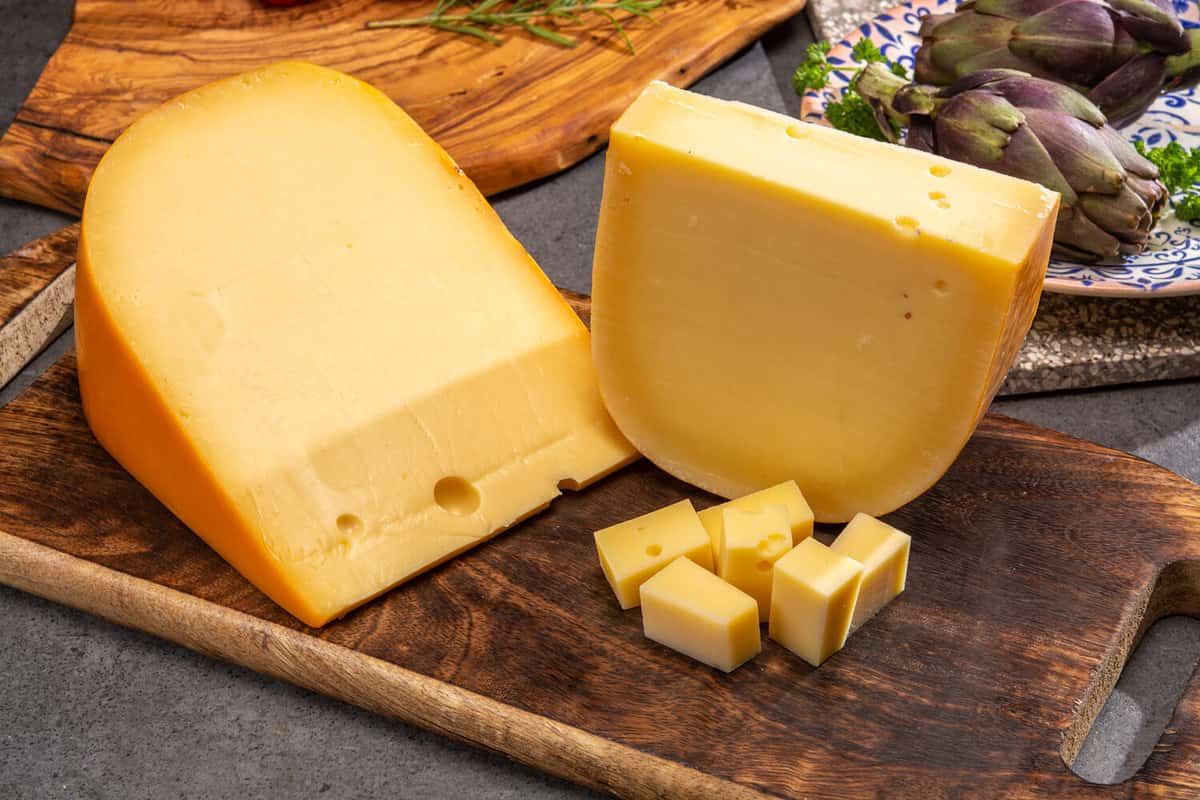
Cow cheese is distinctively harder than goat cheese.
©barmalini/Shutterstock.com
Alternatives to Goat Cheese
Goat cheese is a tasty and versatile cheese that can be used in a variety of cuisines. However, it is not always easily accessible. Don't worry if you can't find goat cheese for a recipe that calls for it.
There are numerous other types of cheese that work well as alternatives. Try one of these delectable goat cheese substitutes the next time you're looking for one:
Camembert
Camembert is a soft, creamy French cheese that has an earthy, buttery flavor and a slightly pungent scent. It has a solid and silky texture with a somewhat crumbly feel.
Because Camembert is more pungent than goat cheese, it is important to use a similar amount when substituting goat cheese for Camembert. If you use too much Camembert, it will dominate the other flavors in the dish and ruin it ultimately.
Ricotta
Ricotta is a fresh Italian cheese with a creamy, delicate texture and a mildly sweet flavor. It is high in calcium and protein and can be used in a number of recipes.
Ricotta cheese has a similar texture and flavor to goat cheese, so it may be used in many recipes as a substitute. It's also a wonderful option for folks who are lactose intolerant or allergic to sheep's or buffalo's milk.
Blue cheese
Blue cheese is one of the greatest goat cheese replacements on the market. It's not as light as goat cheese in texture, but it's just as crumbly. Blue cheese can be prepared from goat, sheep, or cow milk. Any of these blue cheese variants can be used in place of goat cheese.
When substituting blue cheese for goat cheese, use fresh blue cheese. Because aged blue cheese becomes stronger in texture and flavor with time, it's preferable to stick with fresh cheese. Blue cheese, which is saltier than goat cheese, can be used as a substitute in savory dishes.
Greek Yogurt
To replace the goat cheese, use plain, full-fat Greek yogurt. Because most of the whey is removed, it provides an excellent substitute for goat's cheese. As a result, there is less lactose and a thicker consistency, harder texture, and more acidic flavor.
Because it lacks the texture of goat cheese, Greek yogurt should be used in smooth and creamy recipes rather than crumbly cheese recipes. To enhance the flavor of the yogurt, a squeeze of lemon juice can be added.
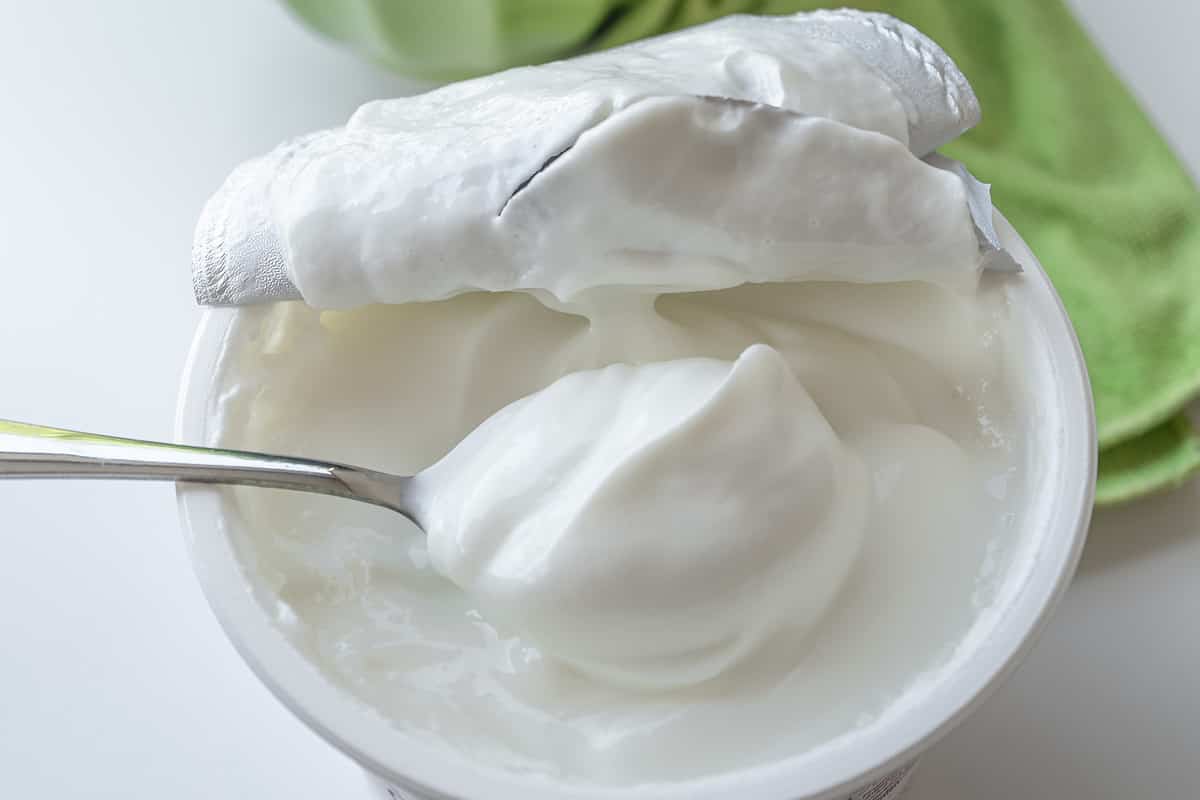
Greek yogurt makes a great substitute for goat cheese in smooth and creamy recipes.
©iStock.com/Miki1988
Cream Cheese
Cream cheese is one of the greatest goat cheese substitutes. It has a comparable smooth and creamy texture and can be used in recipes that call for it. Cream cheese has a moderate flavor when compared to goat cheese, although the flavor of cream cheese can be altered.
To get the characteristic tanginess of goat cheese, mix a dab of Greek yogurt into cream cheese. It will also soften the cream cheese and make it easier to use in recipes. In pasta spreads and recipes, cream cheese works best as a substitute for goat cheese.
Cream cheese is easy to find at your local grocery store and is one of the more cheap cheeses on the market.
How To Make Homemade Goat Cheese
Don't panic if you like the concept of goat cheese but can't get it in your area. A simple process can be used to manufacture goat cheese at home. In a kettle, bring 2 kg of pasteurized goat milk to a boil. Remove the saucepan from the heat after bubbles develop in the corners and add a quarter cup of vinegar or lemon juice.
Allow it to rest at room temperature for 10 minutes for it to curdle. Then, using a clean cheesecloth, strain the curd. Tie the curd tightly in the cheesecloth bundle and hang it for 2 hours to allow the liquid to drain. Your handcrafted fresh goat cheese is ready when the bundle is totally dry! Serve with potato pops, sandwiches, pasta, salads, stews, stews, and soups!
What is Cow Cheese?
Cow cheese is a form of cheese created from the milk of cows. It is one of the most popular cheeses in the world, with numerous variants widely available. Cow cheese has a creamy texture and a somewhat sour flavor. It can be found in anything from grilled cheese sandwiches to macaroni and cheese. Cow cheese has been around for millennia and is still loved by people all around the world.
- The must-have convenient reference guide for every home cook!
- Includes more than 8,000 substitutions for ingredients, cookware, and techniques.
- Save time and money on by avoiding trips to grab that "missing" ingredient you don't really need.
Cow's milk is the most widely used dairy in the manufacture of cheese. Its relatively high-fat content (3.25%), as well as its general abundance, make it an excellent dairy for creating cheese.
Cow's milk is used to make thousands of cheeses. Camembert, Gouda, Parmesan, Swiss, Muenster, and cheddar are a few examples. Cow cheese is manufactured in the same way that goat and sheep cheeses are; with curds generated by adding an acid to milk. From there, it can be converted into a variety of products, such as fresh cream cheese or cottage cheese.
The Nutritional Difference Between Cow and Goat Cheese
There are certain nutritional differences between cow cheese and goat cheese to consider:
- Flavor: Goat cheese has a unique tangy flavor, although cow cheese flavors vary greatly depending on the variety.
- Digestibility: Many individuals prefer goat cheese to cow cheese because of its smaller fat globules and reduced lactose level.
- Minerals and vitamins: Goat cheese is high in potassium and vitamin A, whereas cow cheese is high in calcium.
- Protein: Cow cheese often contains somewhat more protein than goat cheese.
- Fat Content: Goat cheese has less fat than cow cheese, making it a suitable alternative for weight-conscious individuals trying to cut back on their weight.
Both cow cheese and goat cheese can be part of a healthy diet; the choice between the two is based on personal taste and dietary choices.
Alternatives to Cow Cheese
If you're looking for cow cheese substitutes to use in your dish, you have a few options based on what you want to substitute:
- Tofu: Firm tofu can be crumbled or sliced and used in place of cheese in salads, pizza, and lasagna.
- Avocado: Though a highly unlikely substitute, sliced or mashed avocado may lend a rich, creamy texture to salads and sandwiches. It can also serve as a healthy substitute for cheese.
- Hummus: Hummus can be used as a tangy, creamy spread in wraps and sandwiches, as well as a dip for crackers and vegetables.
- Plant-Based Cheese: Plant-based cheeses derived from substances such as coconut, almonds, and soy can also be used in recipes in place of cow cheese.
- Nutritional yeast is a popular vegan cheese alternative that can be used to lend a cheesy flavor to salads, popcorn, and pasta.
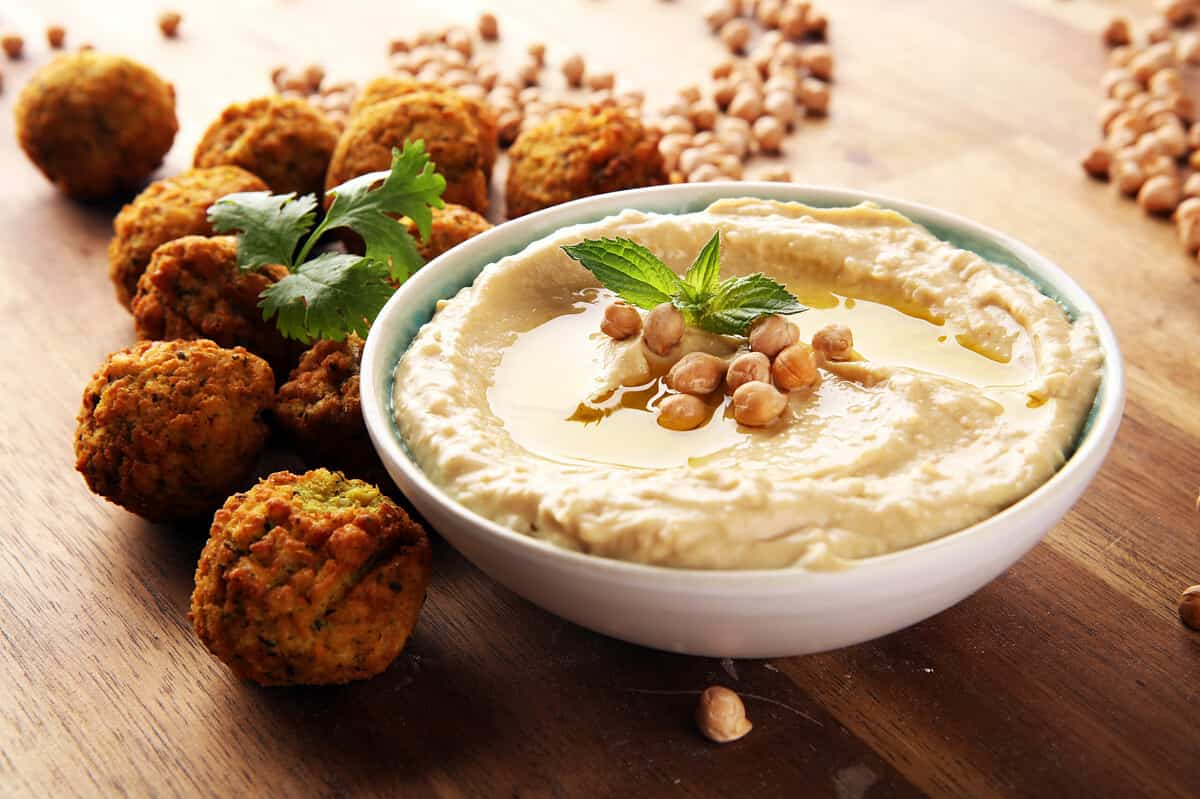
The tangy, creamy quality of hummus makes it a worthy substitute for cow cheese.
©beats1/Shutterstock.com
Making Cow Cheese at Home
Making cow cheese at home is relatively easy! By following the instructions below with the ingredients listed, you can try it at home for yourself:
Ingredients
- 3 tbsp. white wine vinegar
- 1 teaspoon sea salt
- 2 gallons thick cream
- 4 cups full-fat cow's milk
Instructions
In a stainless or enameled pot, bring the milk, cream, and salt to a full boil over medium heat, stirring frequently. Remove from the heat and mix in the vinegar. Allow the mixture to stand until it curdles (it should split into thick (curds) and thin (whey) sections). This should take only a few minutes.
Pour the mixture onto a sieve lined with cheesecloth and set aside for at least 30 minutes (discard any liquid that gathers in the bowl). The longer the mixture is allowed to drain, the thicker the final cheese will be. If you prefer it thicker, place the bowl and sieve in the refrigerator overnight to create the desired consistency.
When the cheese has reached your preferred consistency, transfer it to a bowl and season with salt and pepper to taste. It makes around 2 cups and keeps in the fridge for at least 5 days.
A Quick Comparison of Goat Cheese vs. Cow Cheese
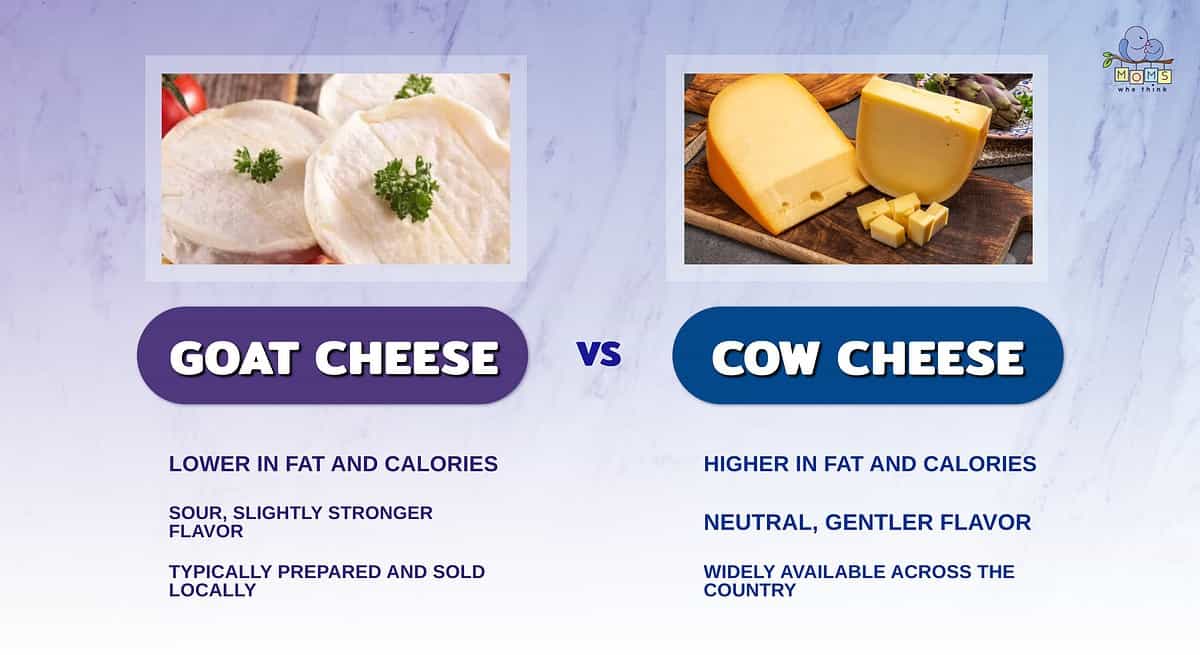
Cow cheese is most likely the cheese you're the most familiar with. It's widespread, relatively inexpensive, and a popular addition to so many recipes. Goat cheese deserves your attention, too! It has less fat and calories than cow cheese, with a distinct flavor. Some people may not like the strong and sour taste of typical goat cheese, while others may find it intensely satisfying. If you're in search of goat cheese, head to your local supermarket or farmer's market and grab what they have available! While you're at it, grab your favorite type of cow cheese so you can compare them side by side!
Looking for a delicious and cheesy recipe to try? We've got one for you right here:
Print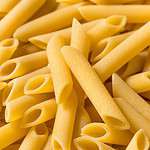
Ham and Cheese Cowpoke Pasta
Ingredients
1 package (16 ounces) cavatappi (corkscrew) pasta
2 Tablespoons butter
1 Tablespoon all-purpose flour
1 cup low-fat (1%) milk
3 teaspoons dried parsley flakes
2 teaspoons garlic salt
2 teaspoons salt free lemon pepper seasoning
1 teaspoon garlic powder
1 teaspoon dried minced onion
1 teaspoon dill weed
½ teaspoon onion powder
¼ teaspoon pepper
1 cup (8 ounces) reduced fat sour cream
2 cups cubed fully cooked lean ham
1½ cups (6 ounces) shredded reduced fat Monterrey Jack cheese
½ cup shredded Parmesan cheese
Instructions
1. Cook cavatappi according to package directions; drain.
2. In a large saucepan, melt butter; whisk in flour until smooth.
3. Gradually add milk and parsley, garlic salt, lemon-pepper, garlic powder, minced onion, dill weed, onion powder and pepper.
4. Bring to a boil; cook and stir for 2 minutes or until thickened.
5. Reduce heat; fold in sour cream until blended.
6. Add ham and pasta; cook and stir until heated through.
7. Remove from the heat; stir in Monterrey Jack cheese, blending until melted.
8. Sprinkle with Parmesan cheese.
Nutrition
- Serving Size: 1 cup
- Calories: 306
- Sodium: 612mg
- Fat: 9g
- Saturated Fat: 5g
- Carbohydrates: 38g
- Fiber: 2g
- Protein: 20g
- Cholesterol: 27mg
